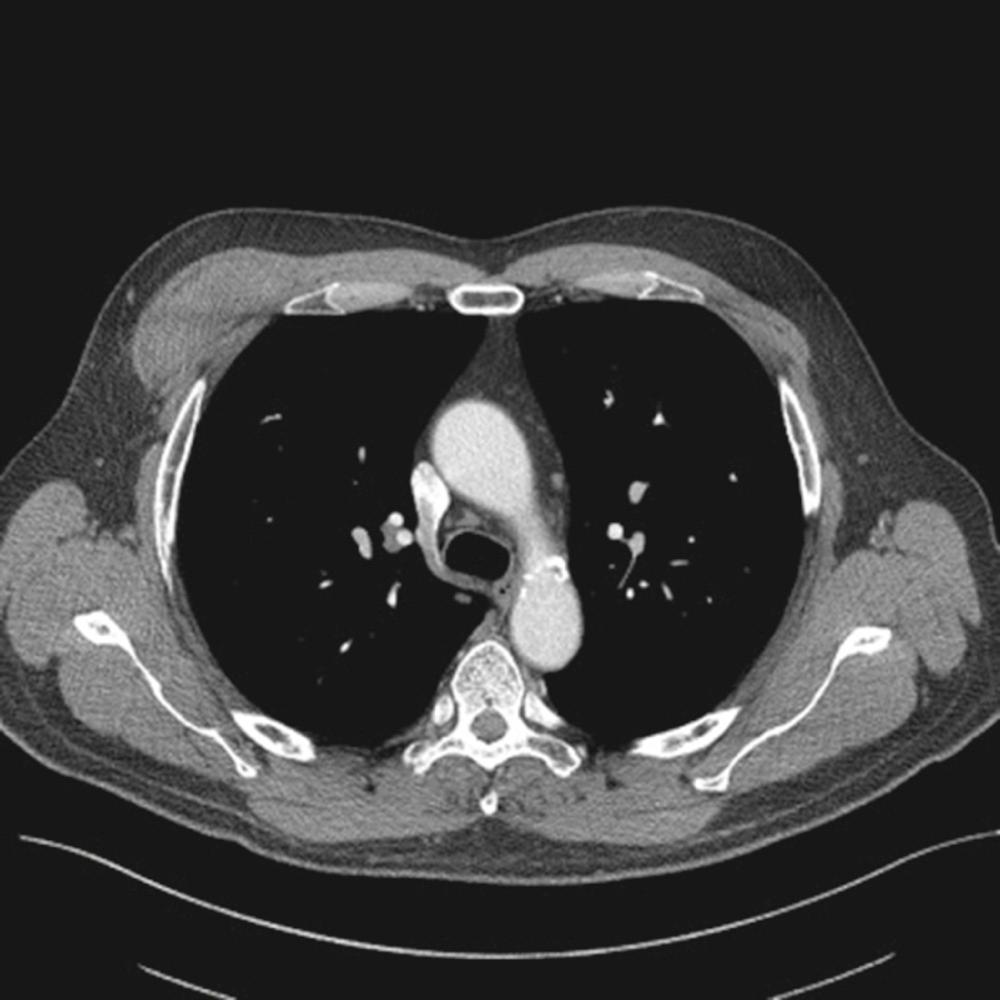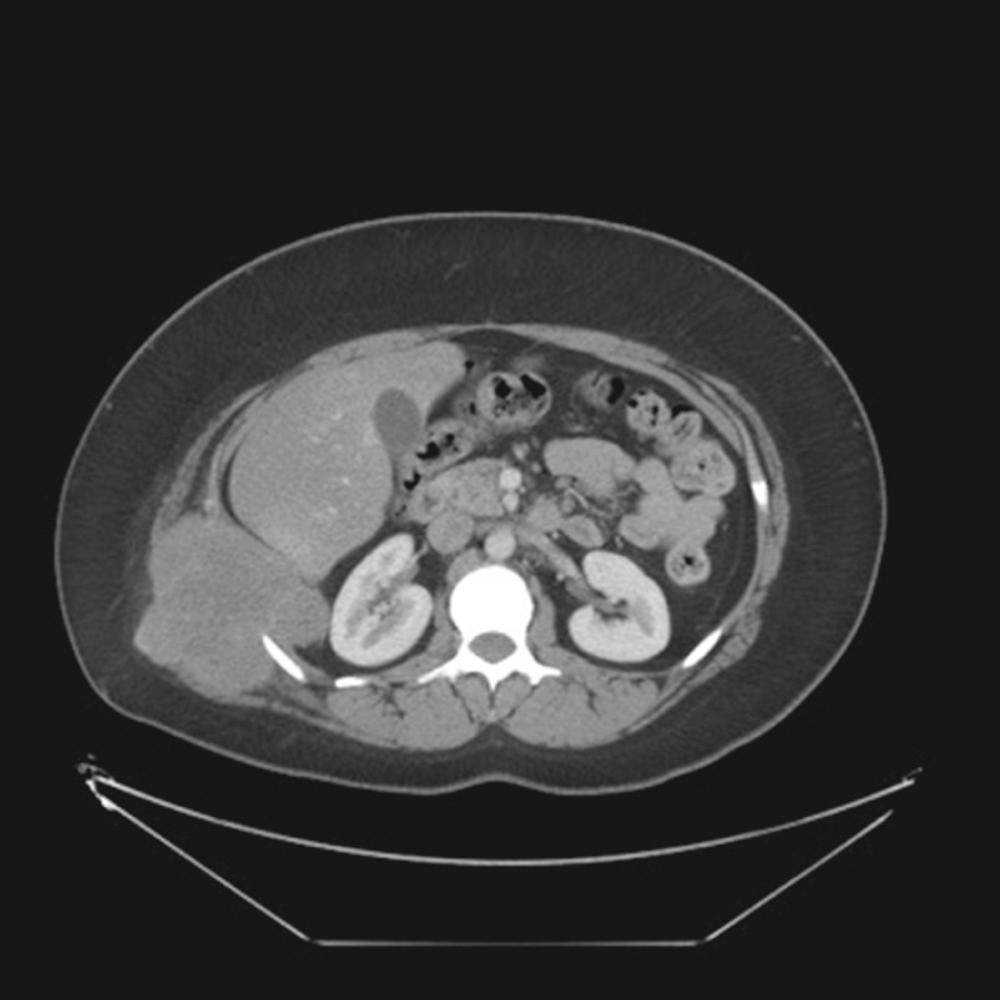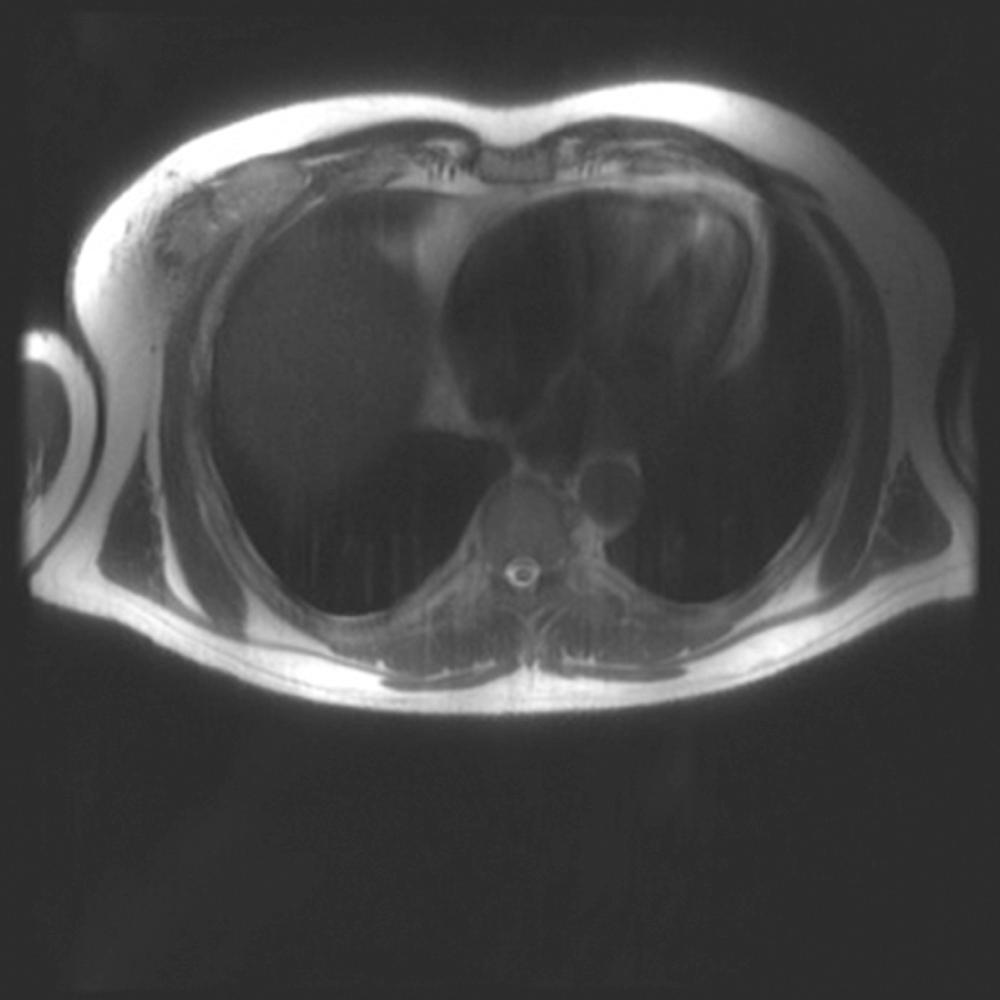Physical Address
304 North Cardinal St.
Dorchester Center, MA 02124
Chest wall tumors are relatively rare tumors that include a variety of soft tissue and bone tumors. Although rarely seen by physicians practicing in a nonspecialized practice, patients who have these tumors need careful consideration because the evaluation and management are varied and full of pitfalls. Some of the tumors need no therapy, others need radical surgical resection, some need preoperative chemotherapy or radiation therapy, and reconstruction is always an important issue in the planning of resection. Even a simple biopsy of a chest wall tumor is important, because improperly performed biopsy can make future treatment more difficult. In general, the management of chest wall tumors should be referred to a specialized center for optimal outcome.
Osias Aimaz is credited with the first chest wall resection in 1778. As surgical and anesthetic techniques evolved, therapy for chest wall tumors evolved. O. T. Clagett, at the Mayo Clinic in Rochester did much of the initial pioneering work and published his findings in 1957. Drs. Pairolero and Arnold subsequently built on this foundation and advanced the surgical resection and reconstruction of chest wall tumors.
Because the lesions are rare, most (if not all) of the data on management of these patients are based on retrospective series. There are no randomized trials; thus much of what we know is not evidence based but rather based on trial and error. Most of the larger series are from specialized cancer centers such as the MD Anderson Cancer Center, Memorial Sloan Kettering Hospital, and the Mayo Clinic, but in recent years there has been an effort to pool information from many institutions to improve knowledge.
Metastatic lesions are the most common chest wall tumor, and their management depends on the status of the primary disease. Occasionally, metastatic disease should be resected or radiated for symptom control or cure. Infections of the chest wall could also be considered “tumors.” This chapter, however, will deal with primary chest wall tumors.
As with most problems in medicine, a careful history and physical examination can help establish a diagnosis and prevent errors. Although approximately 20% of patients with primary chest wall tumors have their tumors discovered as incidental findings, most present with a mass or pain. Patients should be questioned about when the pain started, where it is located, what the intensity of the pain is, and what makes it better or worse. Pain usually, but not always, implies a malignant lesion. Severe pain that requires narcotics for relief should alert the clinician that the tumor might infiltrate nerves. When a mass is present, the patient should be questioned about when it was first discovered and questions asked to determine its growth rate. A history of fever, weight loss, and malaise should be sought, which could help narrow the diagnostic possibilities.
A history of trauma to the area should be elicited, because there seems to be a correlation between trauma to an area and the development of a sarcoma. The history should include data about prior cancers, radiation therapy, operations, infections, travel, and hereditary disease (e.g. Gardner or von Recklinghausen disease).
After the history, a physical examination should be completed with emphasis on the lesion in question. If a mass is present, it should be palpated to see if it hard or soft, mobile or fixed, and tender or not tender. Its location should be carefully documented. It is often helpful to palpate the lesion with the patient in the same position he or she will be in for surgery, which may prevent any intraoperative surprises. The extremities should be moved to see if the mass moves with any arm movements. Lymphadenopathy, if present, should be palpated and other lumps, scars, or tender spots examined.
Although not very sensitive, a plain chest radiograph (CXR) may be the initial radiograph that discovers the chest wall lesion. Old CXRs should be obtained and examined in an attempt to establish a growth rate of the lesion. Rib films can be used to help determine bony erosion or lytic lesions, but computed tomography (CT) is much more sensitive. The CT gives information about the location of the lesion and its relationship to the rib, soft tissue, pleura, and any vascular structures or nerves in the local area ( Fig. 25-1 ). It is very helpful for surgical planning as well. Careful viewing of the CT will usually narrow the diagnostic possibilities and in some patients is diagnostic. Examples include fibrous dysplasia, which has a characteristic lytic appearance with an intact cortex; Ewing sarcoma, which elevates the periosteum ( Fig. 25-2 ) and leads to a radiographic sign known as Codman triangle (this is a pseudotriangle because it is only two sided: the original bone and the elevated cortex); and the characteristic stippled or ring-and-arc calcification seen in a chondrosarcoma. Magnetic resonance imaging (MRI) is useful as well because it can delineate between soft tissue, bone, nerve, or vascular structures in a multiplanar fashion ( Fig. 25-3 ). Occasionally MRI can lead to a specific diagnosis such as in the case of myxoid chondrosarcoma where the lesion will have markedly high signal intensity on T2-weighted images secondary to the myxoid component.



Proton emission tomography (PET) and bone scanning can be used to search for metastatic disease. The standard uptake value (SUV) obtained in PET may help with prognosis, but there is not enough data to support this supposition. It is also not known whether obtaining a PET on all patients with a malignant primary chest wall is cost effective. At present, if there is suspicion of a metastatic deposit, obtaining a PET seems like a reasonable option. PET is not a method to definitively determine if a mass is malignant or benign.
Because primary chest wall tumors are usually treated with surgery, preoperative evaluation of other medical issues is warranted. The cardiovascular system should be investigated with regard to possible ischemic heart disease and pulmonary dysfunction. Pulmonary function testing should be done to determine the risks of removing a portion of the chest wall and its deleterious effects on pulmonary mechanics. If patients are smoking, they should stop. This will reduce the risk of pulmonary infections and improve the blood flow to any tissue flaps that are necessary to cover the resection. As in all surgery, diabetes should be under control. Patients should also be counseled on postoperative physical therapy that may be necessary.
One of the major problems with primary chest wall lesions is how to obtain a tissue diagnosis. If biopsy is not performed correctly, future therapy and even survival can be jeopardized. If the lesion is small (i.e., <3 cm) and in a favorable location (lateral chest wall away from vital structures), an excisional biopsy can be undertaken. Because pathologic examination often requires overnight decalcification, frozen section may not be available. If the pathology cannot be determined based on excisional biopsy, the incision should be closed with careful attention to prevention of a postoperative hematoma, which could spread potentially malignant cells into the surrounding area. The incision for the biopsy should also be placed with consideration for further resection, because if the pathology returns malignant, the biopsy site should be excised. Extensive flaps or dissection should be avoided in the initial biopsy, because cure rate is related to margins of resection.
For large tumors (i.e., ≥3 cm) or tumors located in a critical area (near great vessels), a core needle biopsy can be done. Fine-needle aspiration (FNA) is not useful except when a metastatic lesion is suspected because FNA limits the amount of histologic tissue and tissue architecture. A core needle biopsy is approximately 95% accurate. Even though pathology is not 100% accurate, between a good history, physical examination, and radiographic imaging, the diagnosis should be highly reliable.
Chest wall resections are usually done under general endotracheal anesthesia. If lung resection is anticipated or special exposure is required, a double-lumen tube can be used, but usually single-lumen anesthesia will suffice. Pain control postoperatively is accomplished with epidural analgesia and supplemented with parenteral narcotics and nonsteroidal anti-inflammatory medications. The routine use of standard perioperative antibiotics (one dose of a cephalosporin just prior to the incision and one dose postoperatively) has been clearly established and should be used. Control of glucose in all patients, but especially in diabetics, has been shown to lower postoperative complication rates.
Become a Clinical Tree membership for Full access and enjoy Unlimited articles
If you are a member. Log in here